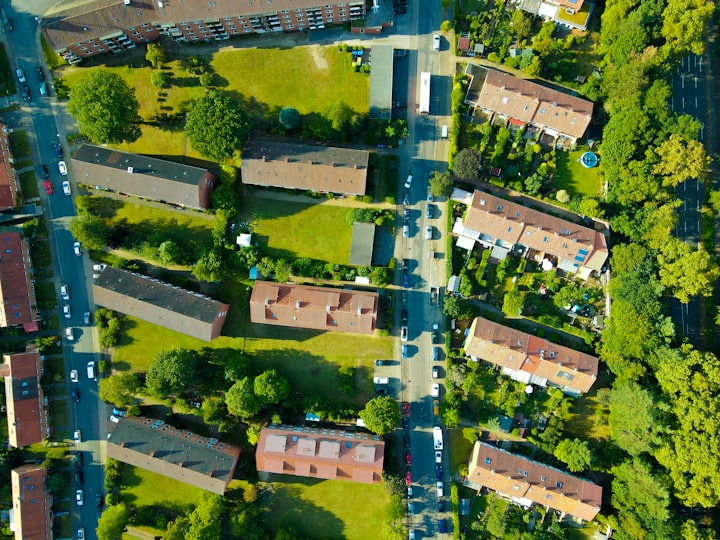
Title: The Future Takes Flight: Exploring the Fascinating World of Flying Cars
Introduction
In the realm of science fiction, the concept of flying cars has long captivated our imaginations. From "The Jetsons" to "Back to the Future," we have envisioned a future where sleek, futuristic vehicles soar through the skies, transforming the way we commute and navigate our world. While flying cars may have seemed like a distant dream, recent advancements in technology have brought us closer than ever to turning this fantastical concept into a reality. In this article, we will delve into the world of flying cars, exploring their potential benefits, challenges, and the path ahead.
The Promise of Flying Cars
Flying cars, also known as personal air vehicles (PAVs), offer a tantalizing vision of a world where traditional road congestion is alleviated, travel times are significantly reduced, and urban mobility is revolutionized. These vehicles would navigate through the airspace, allowing people to bypass traffic jams and reach their destinations swiftly. Imagine soaring above the skyline during rush hour, effortlessly gliding to your workplace or an important appointment.
Increased Mobility and Efficiency
One of the primary benefits of flying cars lies in their potential to increase mobility. As urban populations continue to grow, cities face challenges of congestion and limited space for expanding road networks. By taking to the skies, flying cars could alleviate ground traffic, reducing travel times and freeing up roads for other modes of transportation.
Additionally, flying cars have the potential to enhance emergency response capabilities, allowing for swift transportation of medical personnel and supplies in critical situations. In remote areas or during natural disasters, PAVs could quickly reach inaccessible locations, providing aid and saving lives.
A Greener Future
Flying cars powered by electric or hybrid propulsion systems offer the possibility of a more sustainable future. Electric motors produce zero emissions, reducing air pollution and contributing to cleaner air quality. Furthermore, advancements in battery technology have improved energy storage, making electric-powered flying cars a viable option for the future.
Challenges and Considerations
While the concept of flying cars is undeniably exciting, there are several challenges that need to be addressed before they become a mainstream mode of transportation.
Regulation and Infrastructure
One of the most significant hurdles to overcome is the development of appropriate regulations and infrastructure to support flying cars. Airspace management, licensing requirements, safety regulations, and traffic control systems must be established to ensure the safe and efficient operation of these vehicles. Collaboration between government bodies, aviation authorities, and technology companies will be crucial in developing a comprehensive framework that fosters the integration of flying cars into our daily lives.
Safety and Reliability
Ensuring the safety and reliability of flying cars is of paramount importance. Robust navigation systems, collision avoidance technologies, and redundancy mechanisms need to be implemented to mitigate the risks associated with operating in a three-dimensional airspace. Extensive testing and certification processes will be necessary to instill public confidence in the safety of flying cars.
Accessibility and Affordability
For flying cars to truly transform urban mobility, they must be accessible and affordable to a broad range of users. Currently, the cost of development and production remains high, limiting their availability to a select few. As technology advances and economies of scale come into play, it is anticipated that the cost of flying cars will reduce, making them more accessible to the general public.
The Path Ahead
While we are not yet at a stage where flying cars populate our skies en masse, significant progress has been made in recent years. Several companies and startups are actively working on prototypes and conducting test flights. Collaboration between stakeholders, continued research and development, and advancements in key technologies will be vital to bring flying cars closer to reality.





Comments
There are no comments for this story
Be the first to respond and start the conversation.